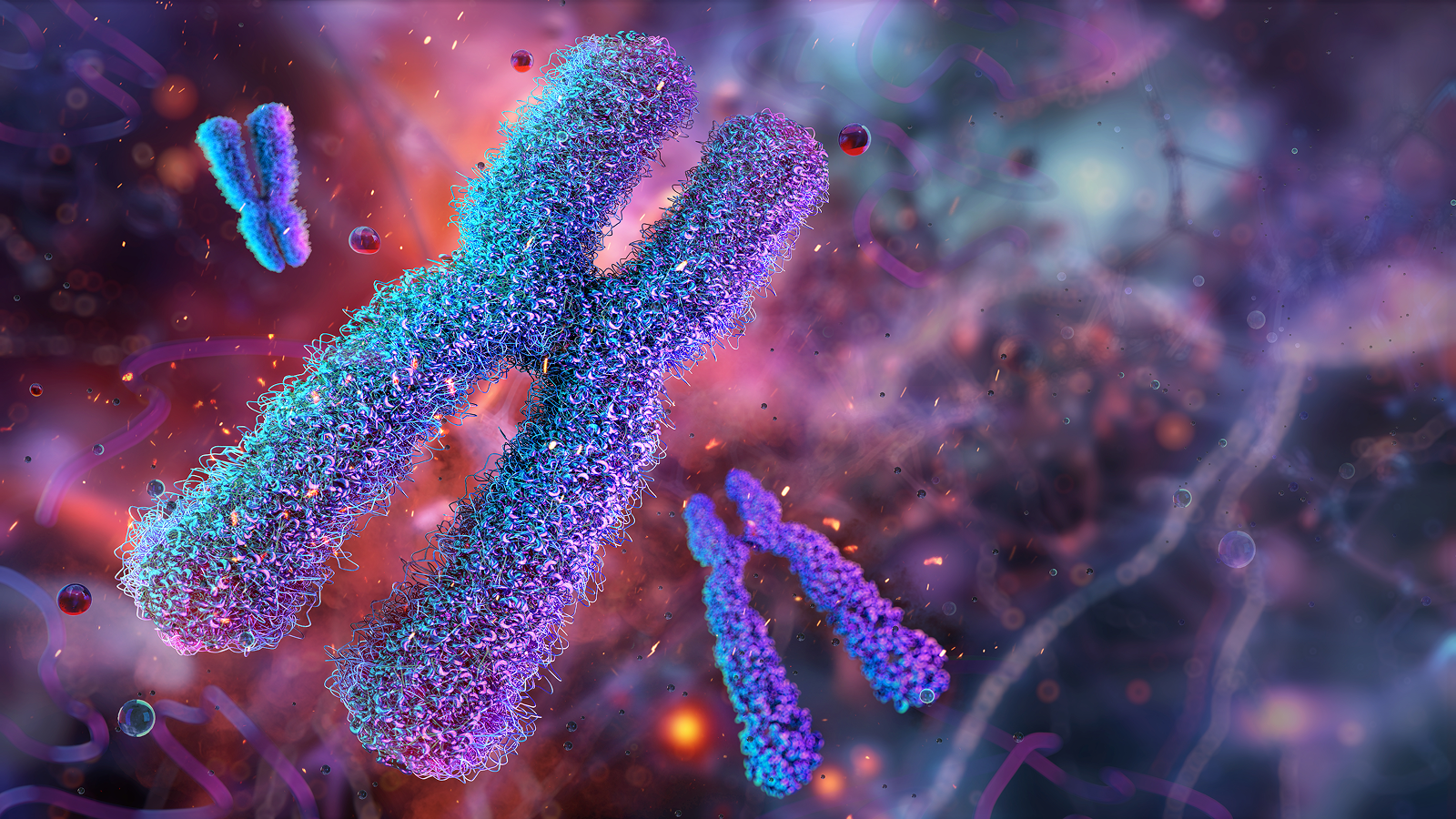big bang
Latest about big bang
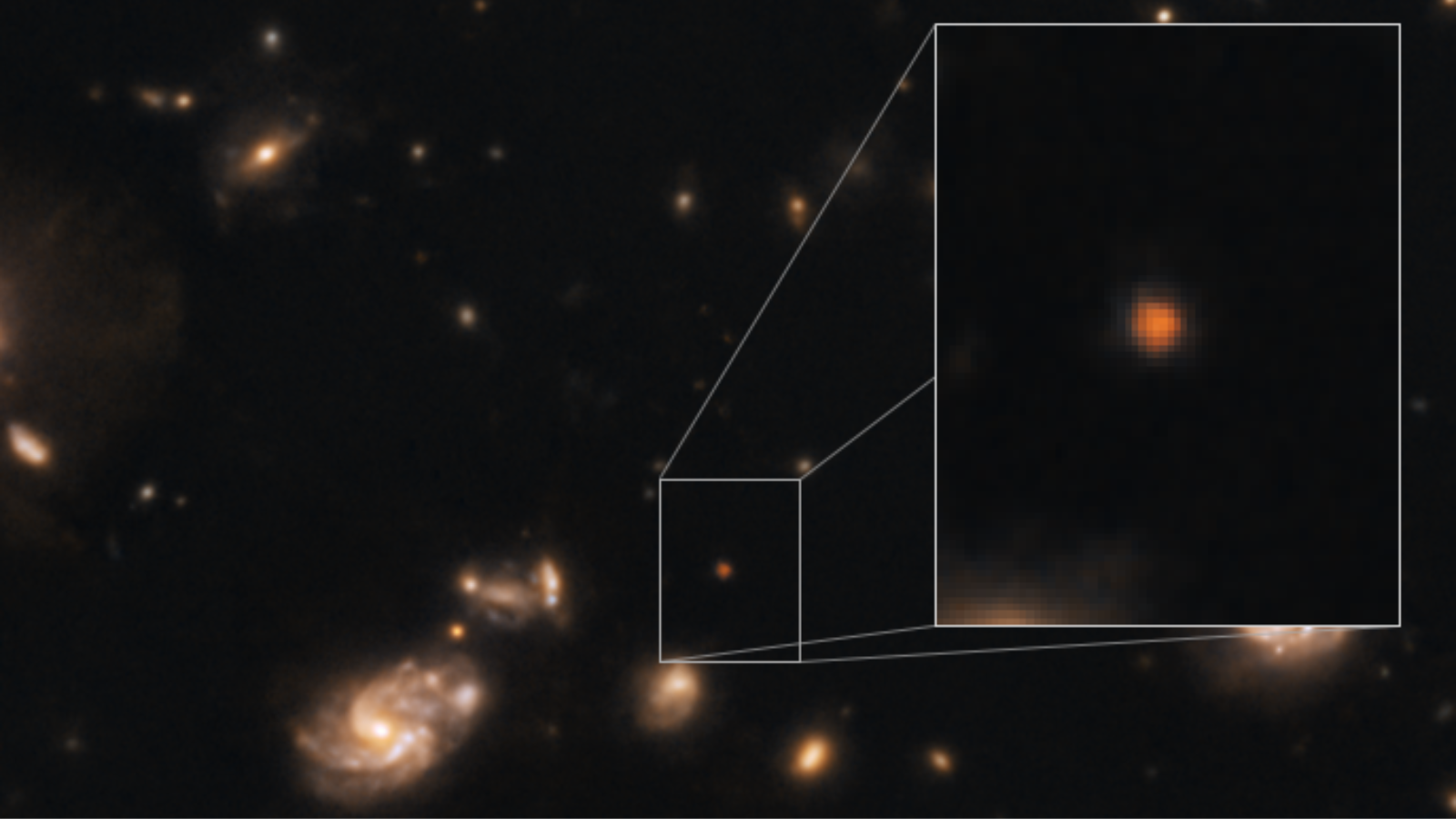
'Puzzling' object discovered by James Webb telescope may be the earliest known galaxy in the universe
By Sophie Berdugo published
While scouring images from the James Webb Space Telescope, astronomers spotted Capotauro, "one of the most puzzling discoveries" to date.
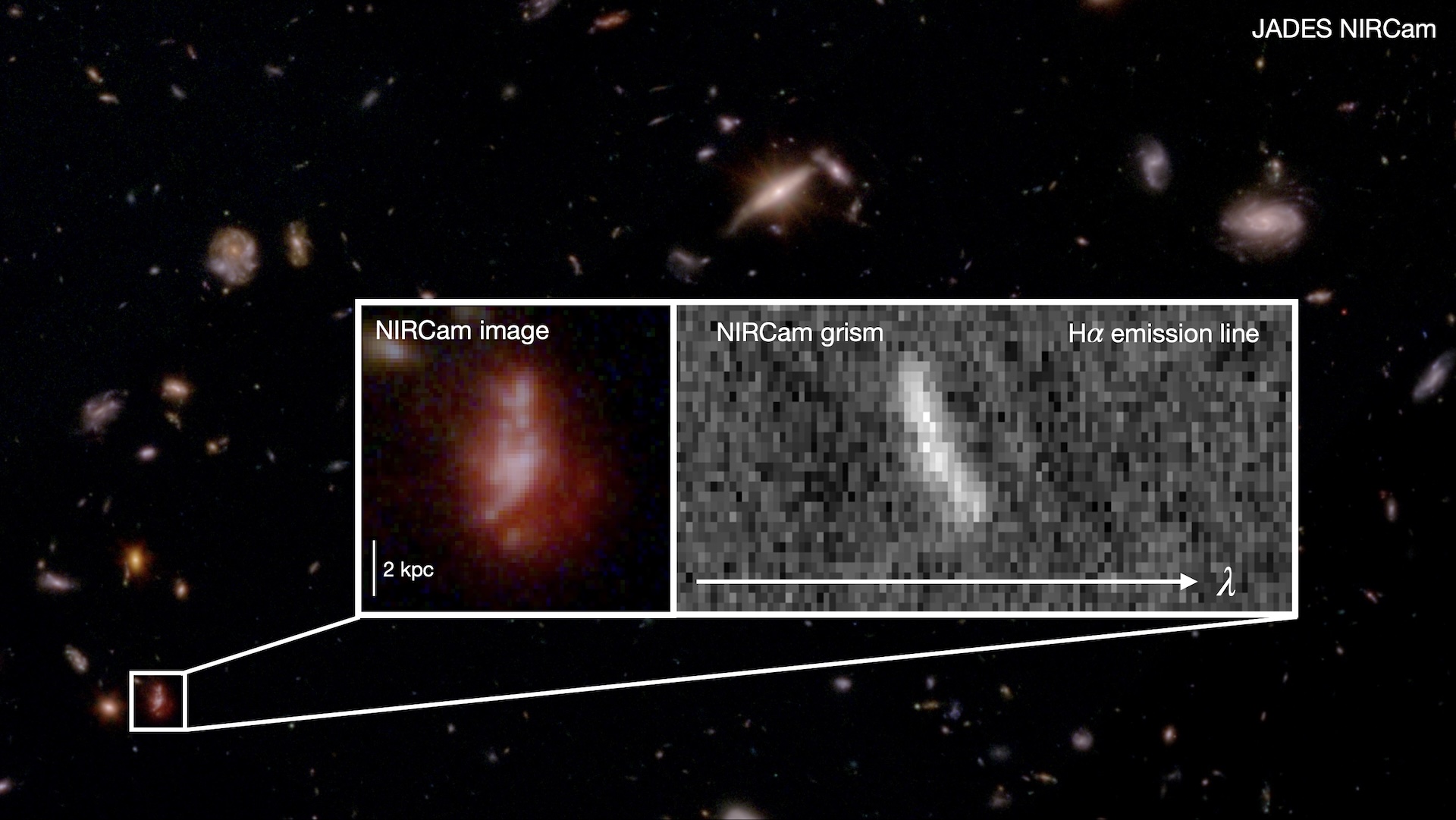
James Webb telescope finds that galaxies in the early universe were much more chaotic than we thought
By Elizabeth Howell published
Using the James Webb Space Telescope, scientists have charted billions of years of galactic evolution, finding that galaxies near the dawn of time were much more chaotic than they are today.
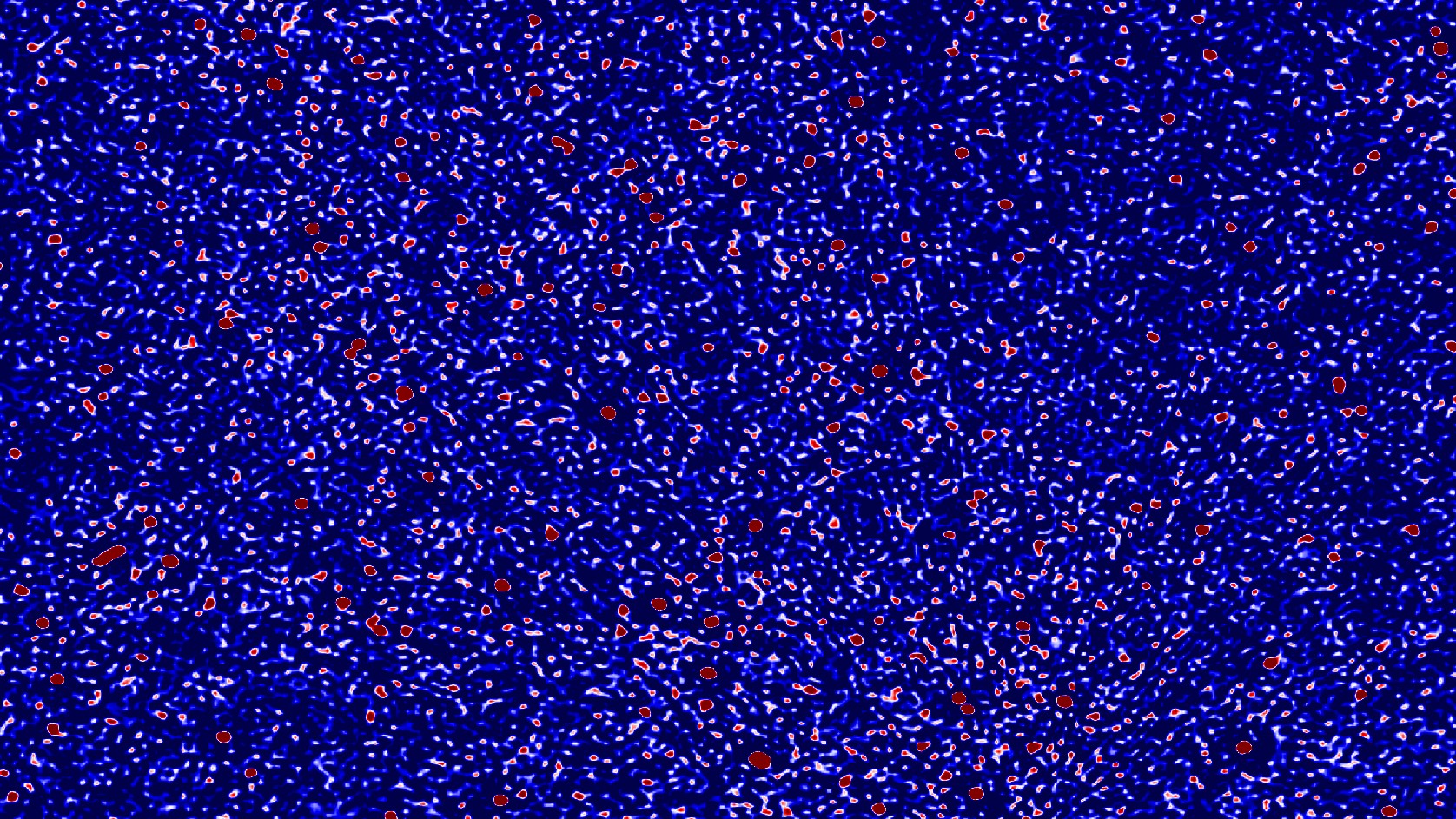
Astronomers close in on signal from Epoch of Reionization
By Sharmila Kuthunur published
A faint radio "whisper" from ancient hydrogen reveals the universe was heating up long before it filled with starlight.
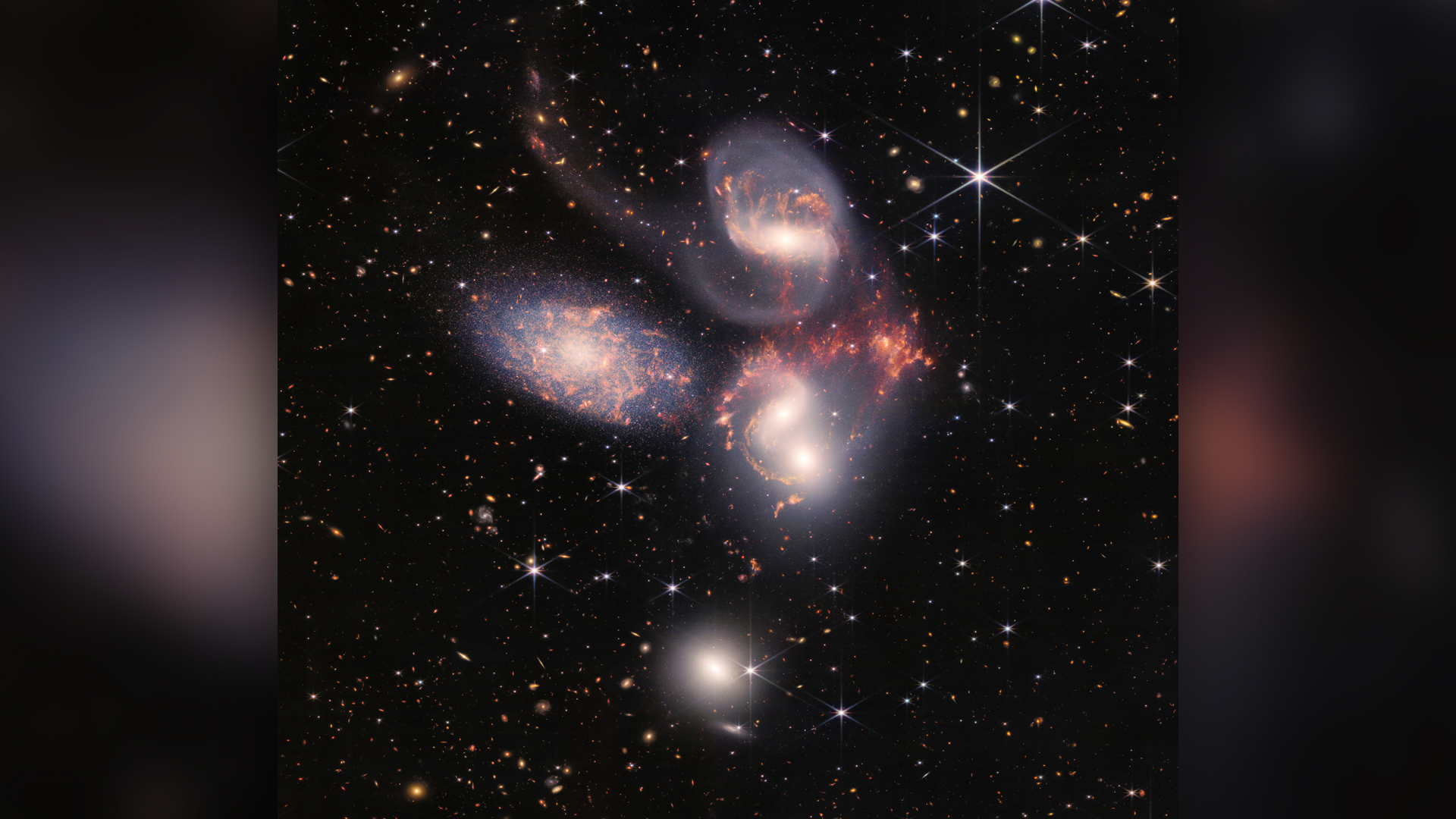
James Webb telescope discovers 'exceptionally rare' 5-galaxy crash in the early universe
By Shreejaya Karantha published
Near-infrared images from the James Webb Space Telescope revealed five early universe galaxies merging within a large halo.
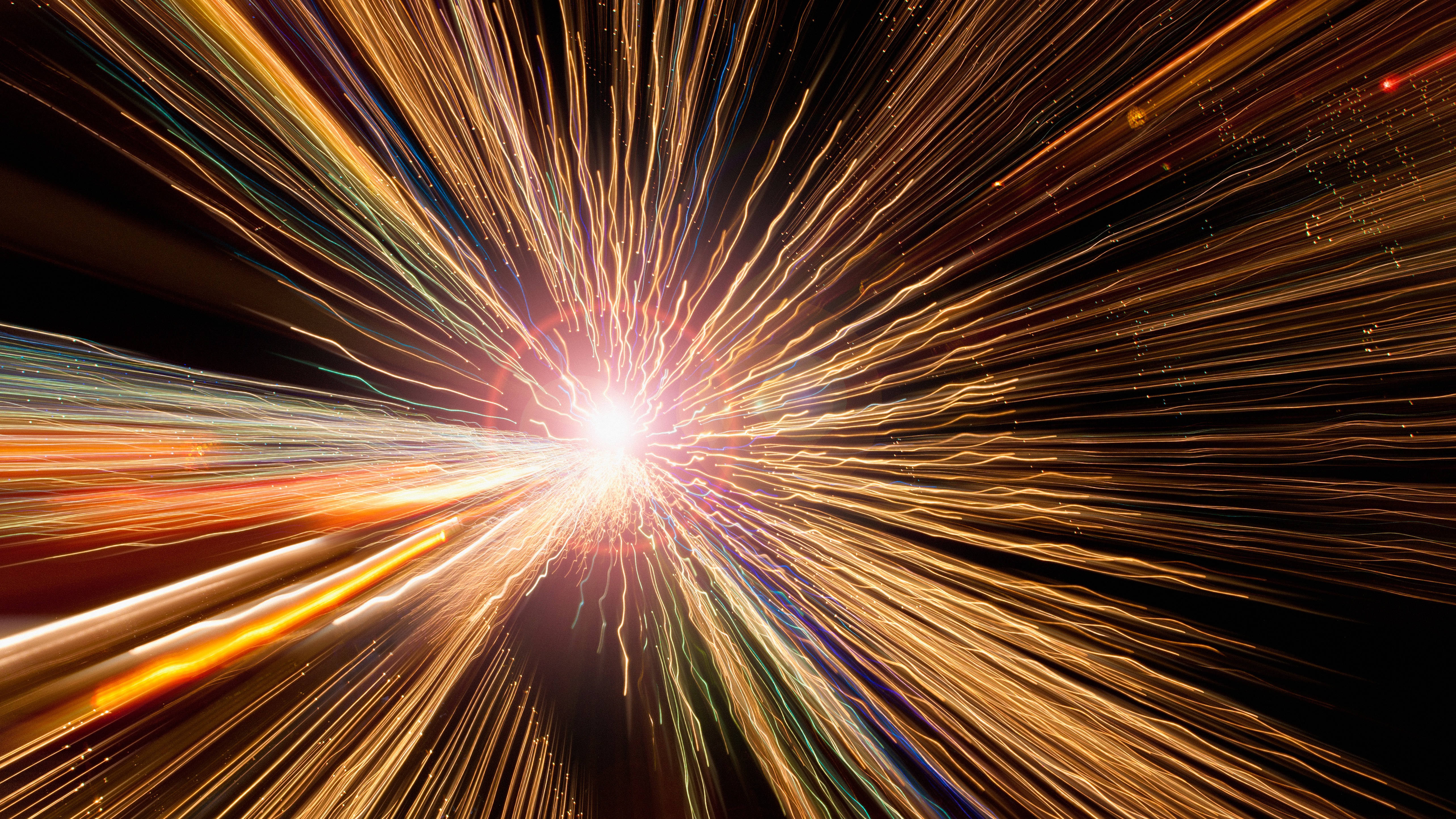
Scientists just recreated the universe's first ever molecules — and the results challenge our understanding of the early cosmos
By Perri Thaler published
In a first, scientists have recreated the formation of the first ever molecules in the universe to learn more about early star formation.
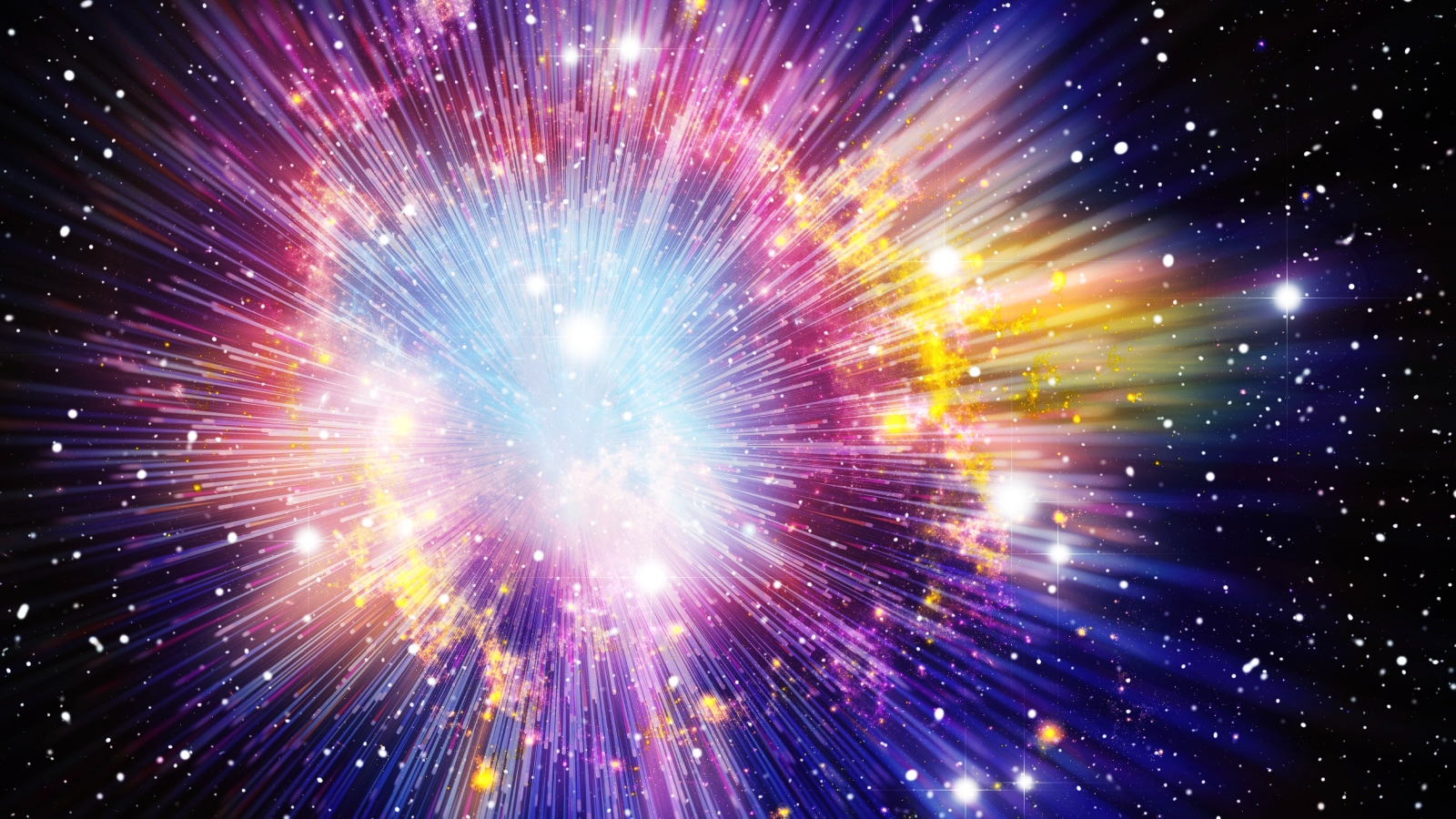
The universe may start dying in just 10 billion years, alarming new model predicts
By Harry Baker published
A surprising new paper suggests that the universe's expected lifespan is just 33 billion years, and that the cosmos will start dying in less than a third of that time. However, this is only one possible theory.
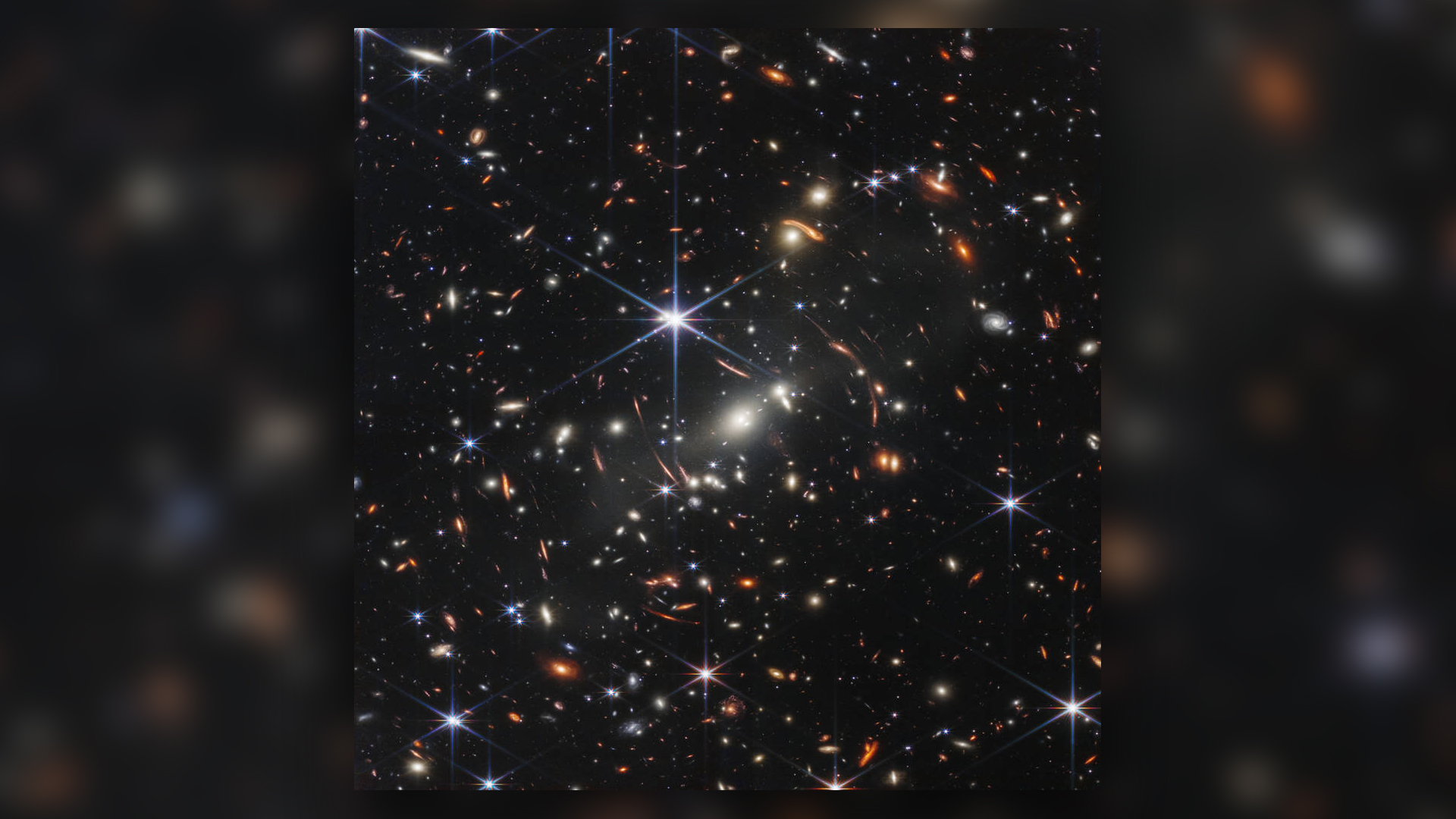
How far can the most powerful telescope see into space?
By Taylor Mitchell Brown published
Telescopes have come a long way since the first one was invented in 1608. So what's the most powerful telescope operating today, and how far can it see?
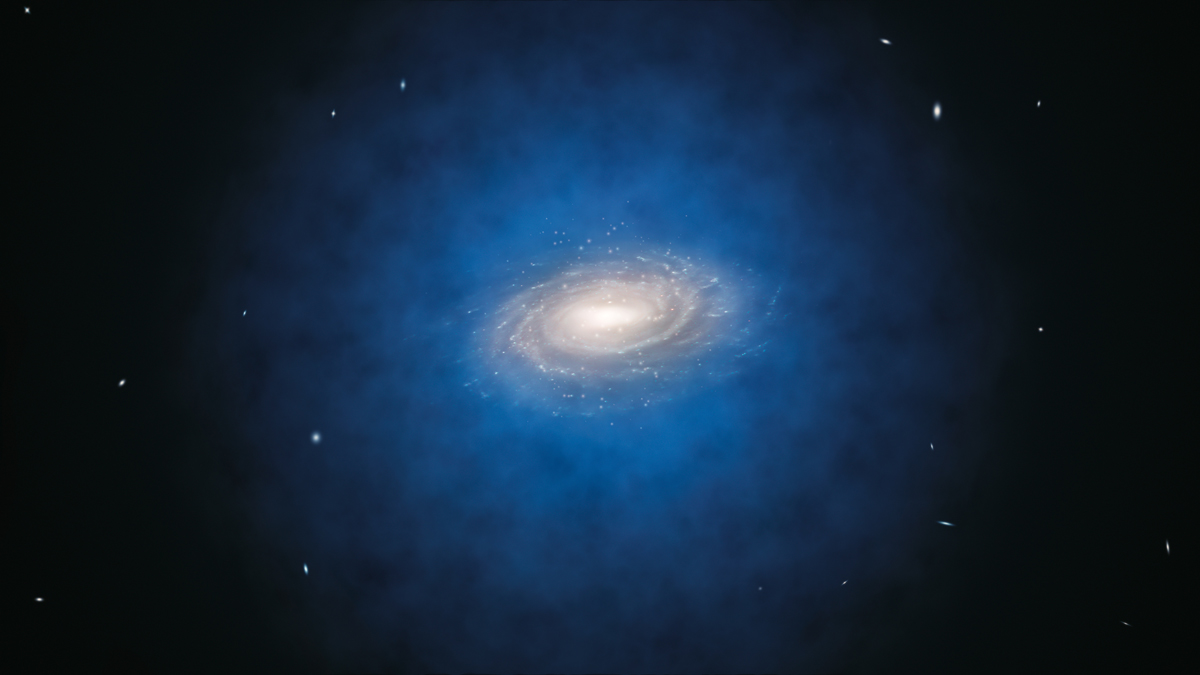
Echoes from the Big Bang suggest Earth is trapped inside a giant cosmic void, scientists claim
By Ben Turner published
Astronomers claim to have found new evidence supporting a controversial observation that our galaxy is residing in an unusually sparse region in space. If it's correct, it could rewrite cosmology.
Get the world’s most fascinating discoveries delivered straight to your inbox.
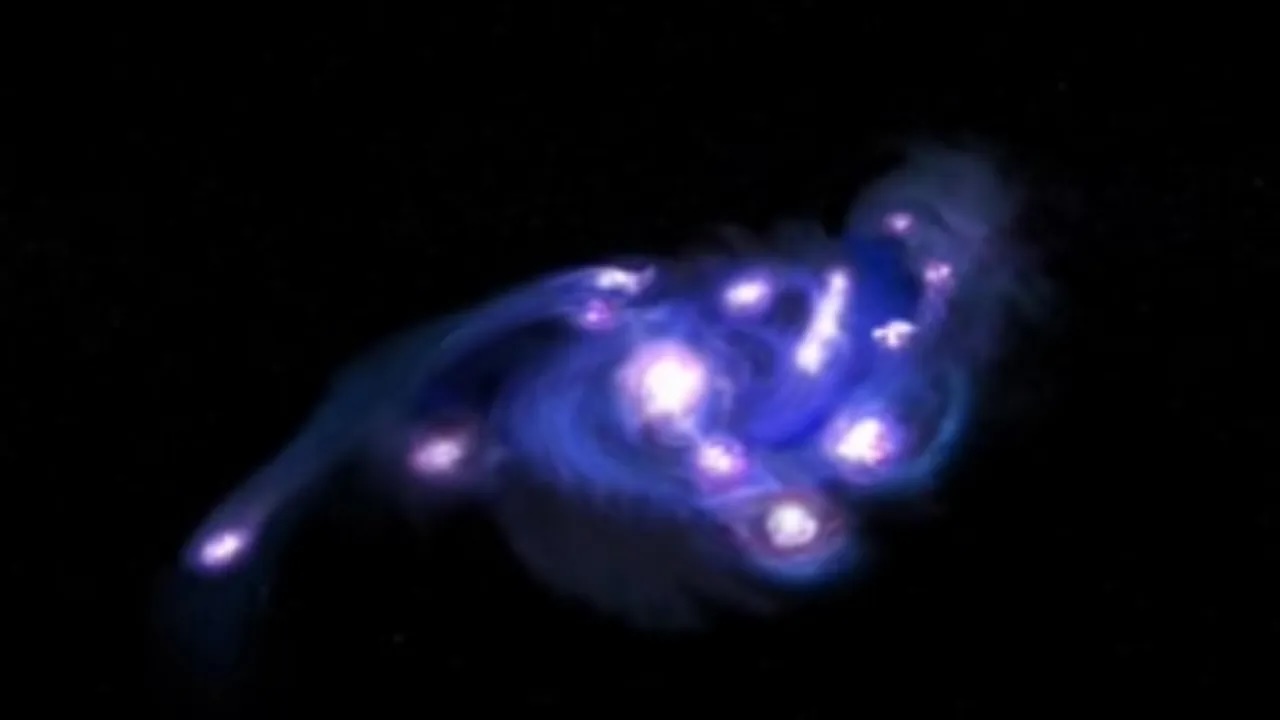
![A family portrait of galaxies from the CRISTAL survey. Red shows cold gas traced by ALMA’s [CII] observations. Blue and green represent starlight captured by the Hubble and James Webb Space Telescopes](https://cdn.mos.cms.futurecdn.net/eVukmgPN8vVBokz2SrUwMV.png)
